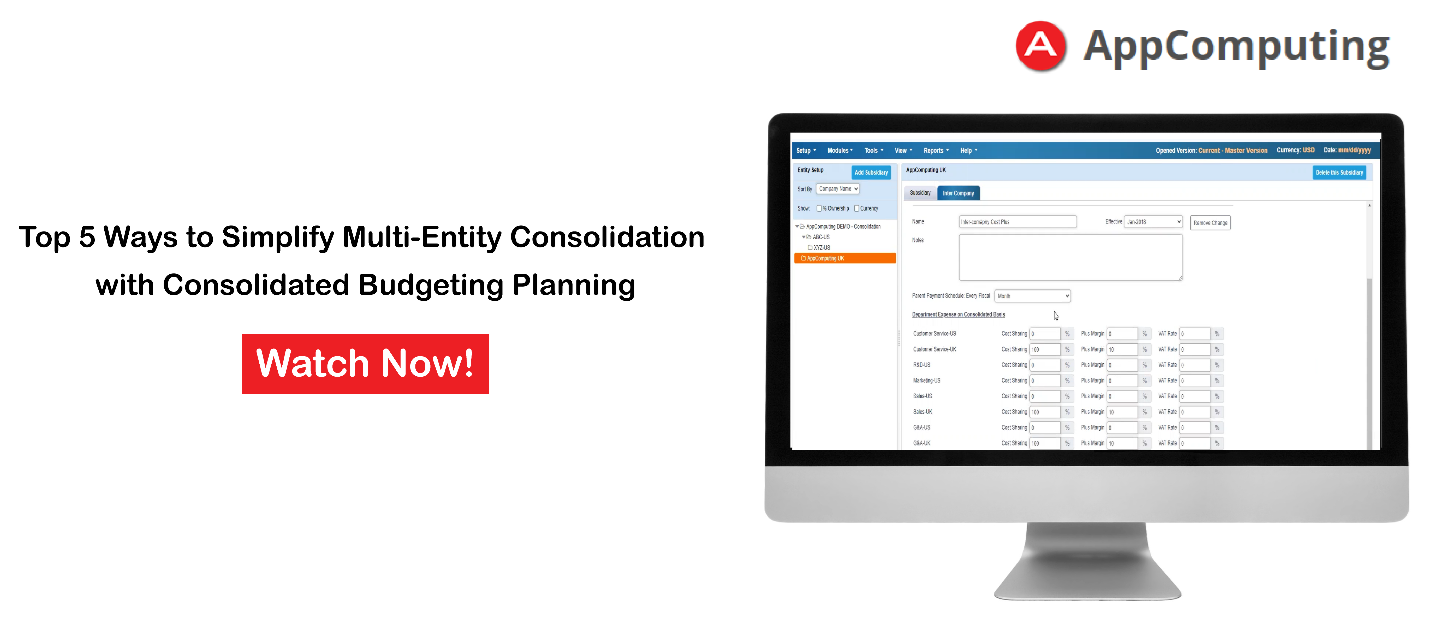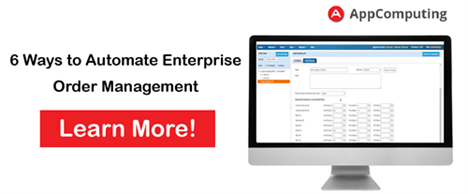Integrated Construction ERP: Track the Top 4 Construction KPIs
Is Your Construction Business Tracking These Important Construction KPIs with Construction Accounting Software? Thousands of key performance...
1 min read
Jack Yu 6:42 AM on August 4, 2022
It’s important to manage the entire lifecycle for fixed assets. Fixed assets planning looks at your existing fixed assets as well as forecasting capital expenditures. The full-featured management software makes it easy to track all the data points for each of your assets, including:
Create the depreciation schedules you need to accurately reflect the asset’s value, including the ability to share depreciation expense among departments. Manage the full lifecycle of your assets including the ability to refurbish assets and capture costs and residual value. You can choose to continue with the same depreciation schedule despite equipment refurbishments or extend the useful life span of that asset.
At the asset’s end of life, the system makes it easy to track the asset’s sale/disposal. You can record the sale/disposal date, its net book value, and any cash received. The system automatically reconciles and reports those cash receipts and instantly updates the income statement, balance sheet and statement of cash flow.
With the Fixed Assets for New Hires module, the system makes it easy to define budget for new hire equipment like computers and fixtures such as desks and chairs. You can define the amount per new hire including tax and freight for necessary equipment and fixtures and even track specific values by department.
Now, whenever there is a new hire starting or future to-be-hired, the system automatically records or forecasts the CapEx for all of them. The fixed assets module is connected to the HR employee module which can automatically sync up to-be-hired employees with their CapEx budget.
Once you set up all these records, the rest of the calculations are automatically completed and instantly updated on your financial statements. You’ll see the fixed assets purchase amounts in your balance sheet by category for Equipment & Fixture as well as the depreciation amounts in the department expenses. The system aggregates all your fixed assets and accumulated depreciation data and updates to your cash flow reporting automatically.
If you’re still using Excel for fixed asset planning, tracking, analysis and modeling, or need better internal controls to create consistency and efficiency, contact the experts at AppComputing today. We’ve helped companies just like yours achieve granular visibility with increased accuracy and tighter controls, and we can help you too. Contact us today to see a demo of BudgetEngine and find out how to automate your fixed asset management and planning.

Is Your Construction Business Tracking These Important Construction KPIs with Construction Accounting Software? Thousands of key performance...

By implementing a budgeting and planning tool that helps you automate global consolidation, you can save hours every month on your intercompany...

In our previous blog, we outlined time savings from automation for companies offering retail sales. Retail sales is relatively straightforward...